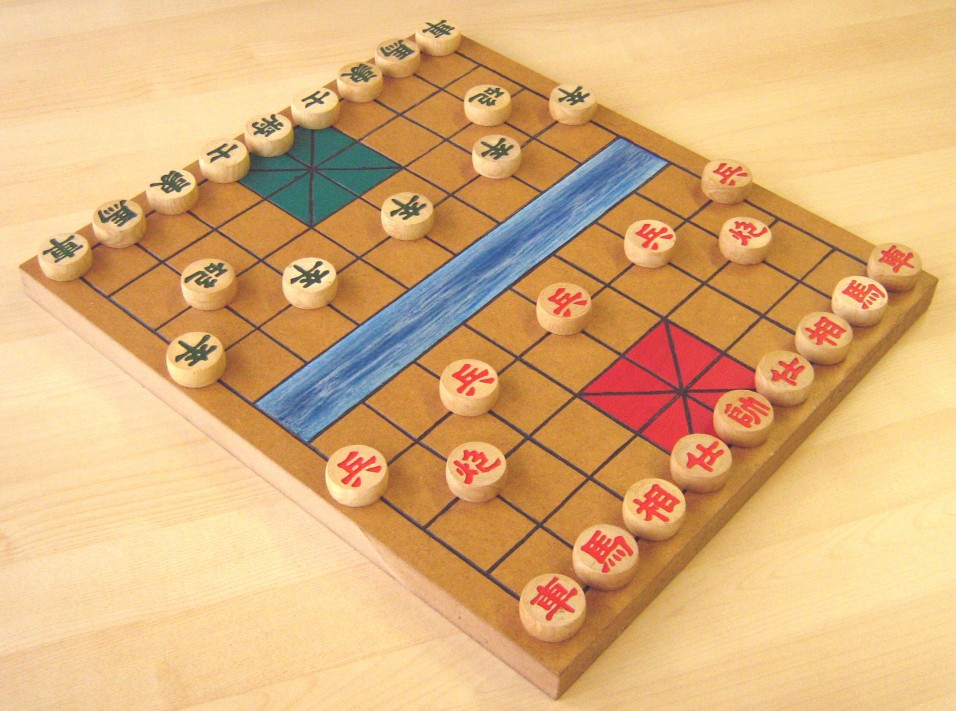By Phin Upham
China has a strong connection to the game of chess, and even has its own version of the game. Xianqi represents two opposing forces dueling for control over a territory. The goal of the game is to sustain minimal, yet strategic, losses while moving to capture the other team’s general piece.
It’s believed that the game of chess likely originated from India. It was called “Chatarunga”, which translates to “the four divsions” and its pieces correspond with the modern day interpretations of knights, bishops, pawns and rooks. Through trade ports, the game grew in popularity among Persians. It was then passed to the Muslims when the Arabs conquered Persia.
It’s likely that the Chinese encountered the game at some point during this time frame, and adopted it the same way the Persians did. Xianqi became an offshoot, evolving from chess.
Like chess, there are distinct pieces that carry certain rules. The cannon, for instance, has to jump in order to capture a piece. Generals are unable to face one another directly, and there are two areas known as the “river” and “palace” that restrict the movement of some troops while enhancing the movement of others.
The game is incredibly popular in modern day China, and it’s quite common to see people of all ages engaged in a match throughout Beijing. The two players control opposing forces typically colored red and black, and play goes turn-by-turn until the General is captured. There are even rules in place to prevent endless check and chase games that can be typical to chess.
Phin Upham is an investor from NYC and SF. You may contact Phin on his Phin Upham website or Facebook page.

